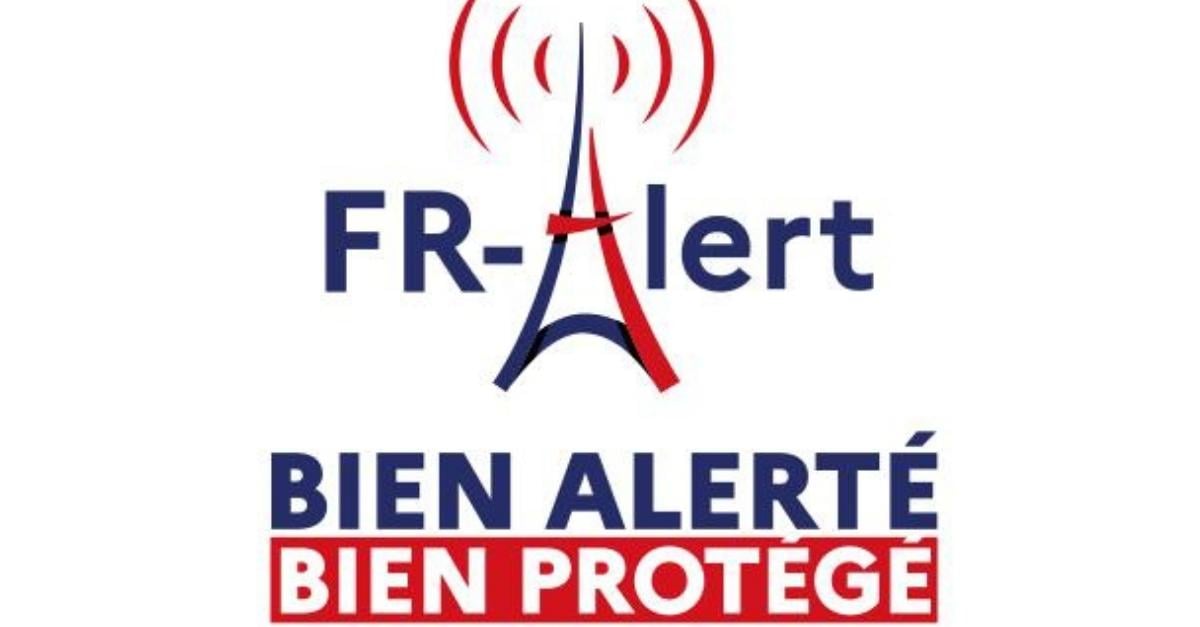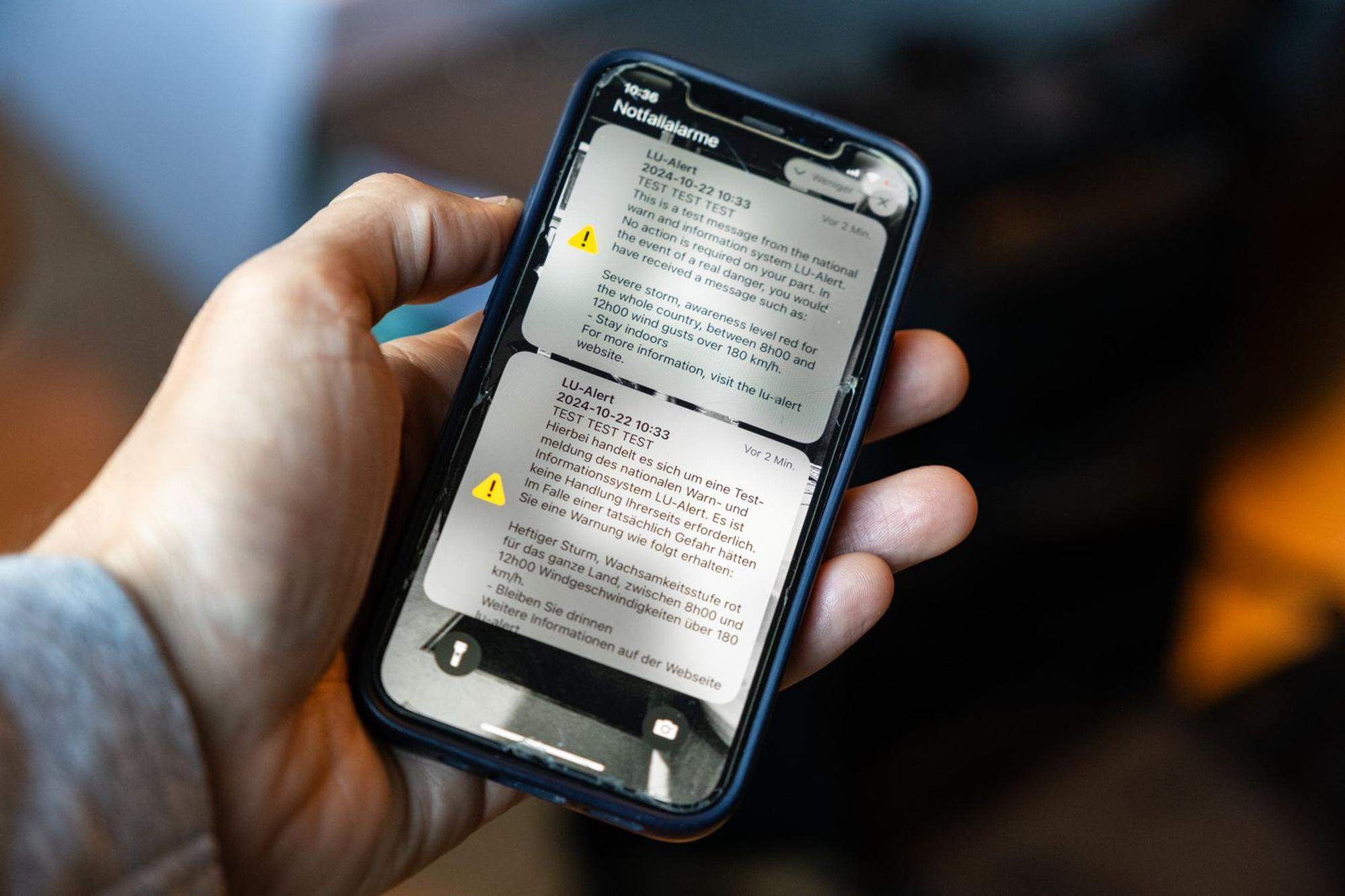SI-ALERT: Cell Broadcast alerts in Slovenia

The context
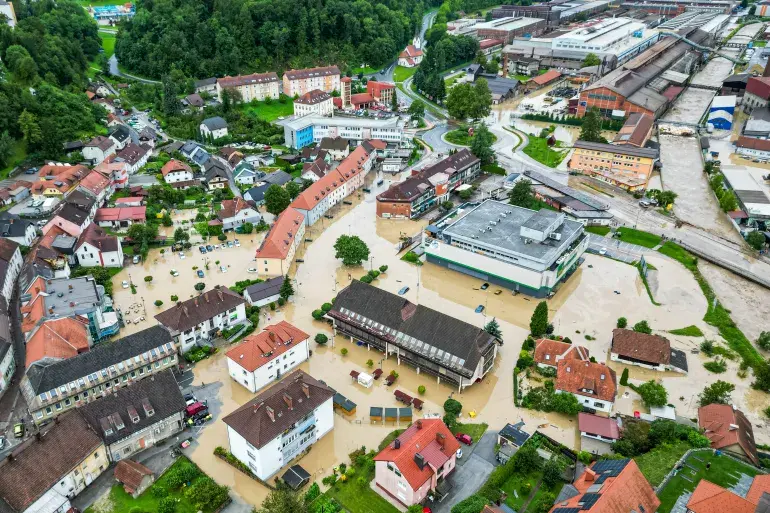
With 2.1 million citizens and 6.2 million annual tourists, Slovenia faces diverse risks ranging from floods and dense forests prone to fires to storms along the Adriatic coastline. The country is also situated in a seismically active region, making earthquakes a recurring concern, and cannot disregard the potential for terrorist threats given the surrounding political tensions. After the unprecedented floods of August 2023, when heavy rains impacted two-thirds of the country, the government committed itself to strengthening national preparedness through extensive upstream work.
In line with the EU's directive (article 110 of the EECC) to establish effective public warning systems, Slovenia decided to develop SI‑ALARM (known internationally as SI-ALERT), a nationwide emergency alert system using our Cell Broadcast technology, developed in partnership with mobile network operators Telekom Slovenije.

The solution
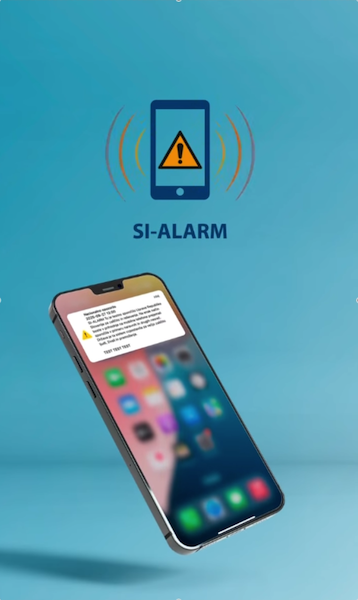
Cell Broadcast for immediate alerts
Intersec provided the core technology for SI-ALERT, utilizing Cell Broadcast to send alerts directly to mobile phones in targeted areas. This method ensures that messages are received instantly and reliably, even during network congestion, without relying on phone numbers or overloading the mobile network.
An 'all-hazard' preparedness approach
SI-ALERT complements the country's existing alert systems such as sirens, radio and TV broadcasts, online notices and public address systems. By integrating SI-ALERT into the country's civil protection framework, authorities now have a reliable tool for issuing urgent warnings, providing safety instructions, and coordinating responses during disasters.
SI-ALERT is designed to be activated in a wide range of emergencies, from natural disasters such as floods, fires, storms, and earthquakes, to situations involving terrorist threats, missing persons, industrial disasters, and other major public safety risks.
Multi-language support
The system was designed to display alerts in multiple languages, depending on the recipient's location and language preferences. It ensures consistent formatting and visibility across different phone models and operating systems, accommodating Slovenia's diverse population and visitors: Slovenian, English, Italian, and Hungarian.
.jpeg?width=1360&height=733&name=127efa66e3af2c4ee658-si-alarm%20(1).jpeg)
Raising risk culture: a key success factor

The Slovenian government distinguished itself by pairing the technical rollout of SI-ALERT with a proactive massive public education campaign to promote a culture of risk awareness.
A dedicated press conference was held to explain the system’s role, the upcoming national test on September 27, and the technical principles behind it. In the month leading up to this test, authorities prioritized transparency and citizen engagement, ensuring that everyone understood the purpose, scope, and functioning of the new warning system.
To validate the system's performance, the nationwide test involved sending push notifications to all mobile devices, complete with sound and vibration alerts, demonstrating the system's speed and effectiveness. The exercise helped familiarize citizens with the alerts and confirmed the robustness of the technology.
Four levels, four scenarios: How Slovenia prepared its residents
The Slovenian government launched a comprehensive public website covering every detail: the objectives of SI-ALERT, the types and levels of alerts, who can issue them, examples of messages, the languages supported, and the safeguards in place for data security.
Authorities publicly presented the four levels of danger used in the alert system, along with concrete examples of the messages citizens would receive. By familiarizing the public with these alerts in advance, people were able to understand not only the format and tone of the warnings but also the actions expected of them.
Example: In the event of a terrorist threat
LEVEL 1
Terrorist attack in progress – IMMEDIATE ACTION REQUIRED! A confirmed terrorist attack is underway in the area of [location]. If possible, move to safety; if not, take shelter, lock the doors and silence your phone. Do not call unless it is urgent. The security services have been activated. Follow the instructions of the relevant authorities and monitor official websites and the media.
LEVEL 2
Confirmed terrorist threat – stay indoors! Security services are responding to a serious threat in the area of [location]. Do not leave buildings. Avoid public transport and crowds. Follow the instructions of civil protection services and the police.
LEVEL 3
Suspected security incident – avoid certain areas: An investigation into a suspected security threat is underway in the area of [location]. Avoid the affected area and follow the instructions of the security services. Monitor further official updates.
LEVEL 4
Increased police presence due to a potential terrorist threat – no immediate danger: Police presence in public places has been increased as a security precaution. There are currently no reports of an imminent terrorist threat. All activities are continuing as normal. Monitor further official updates.
The establishment of the SI-ALERT public warning and alerting system via public mobile networks enables the timely delivery of warning messages, contributing to a higher level of safety in the country. It improves public awareness and safety, enables more effective coordination of emergency services in areas affected by natural or other disasters and reduces risks of adverse impacts on both health and property.
”Government of Slovenia
By choosing cell broadcast technology, we are modernizing our alert system to ensure that Slovenia is more resilient and better prepared for future emergencies."
”Marko Stošicki
Project lead, Telekom Slovenije
Related case studies

Leveraging technology for public safety at the Olympics
Get started with Intersec

We help telcos and public authorities embrace the digital revolution as we believe data transforms the way our customers work.
Let us answer your questions and explain how we can help.
Subscribe to our newsletter
Some of our prestigious clients


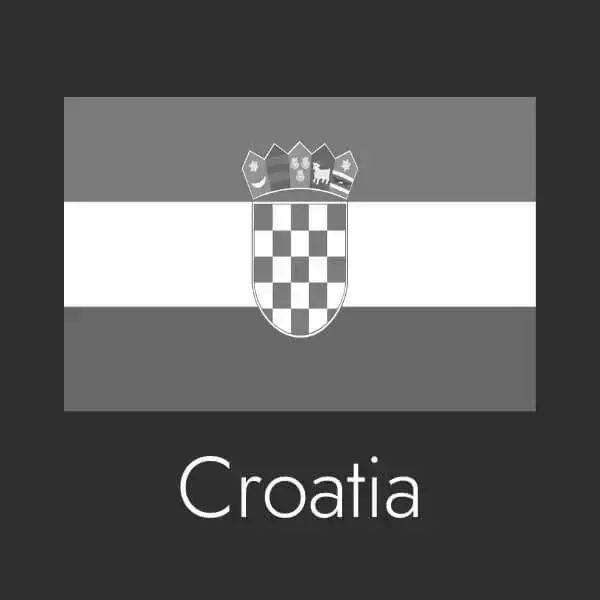




.webp)


.webp)






















